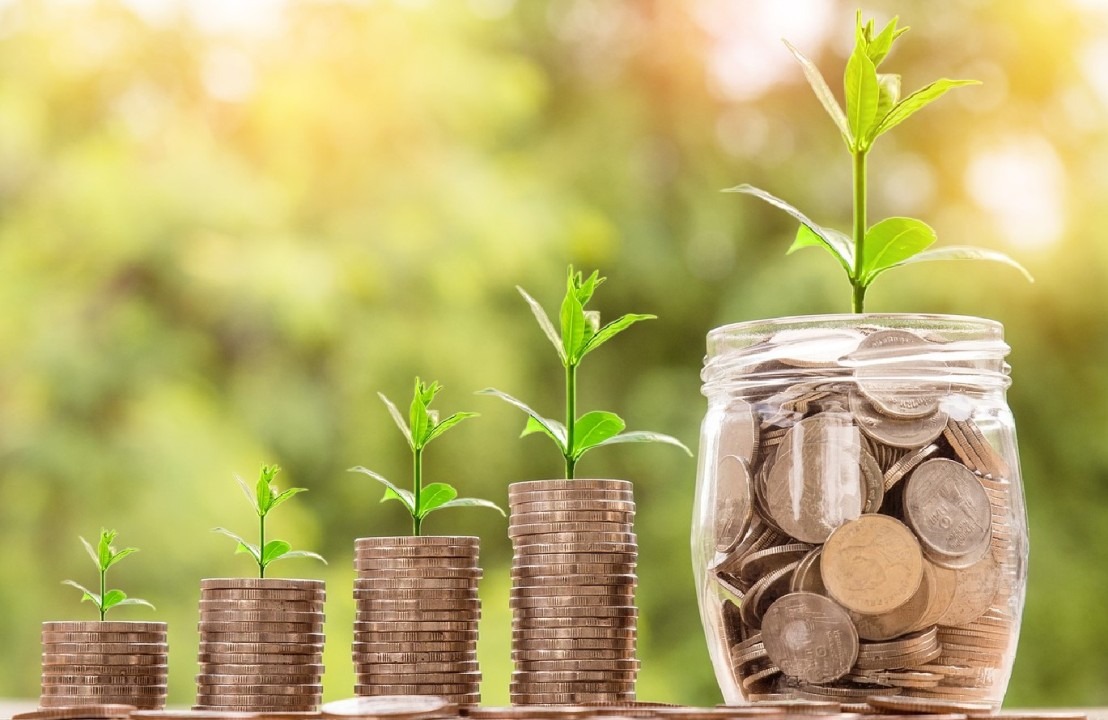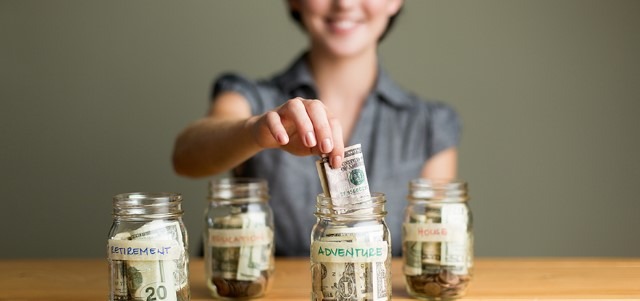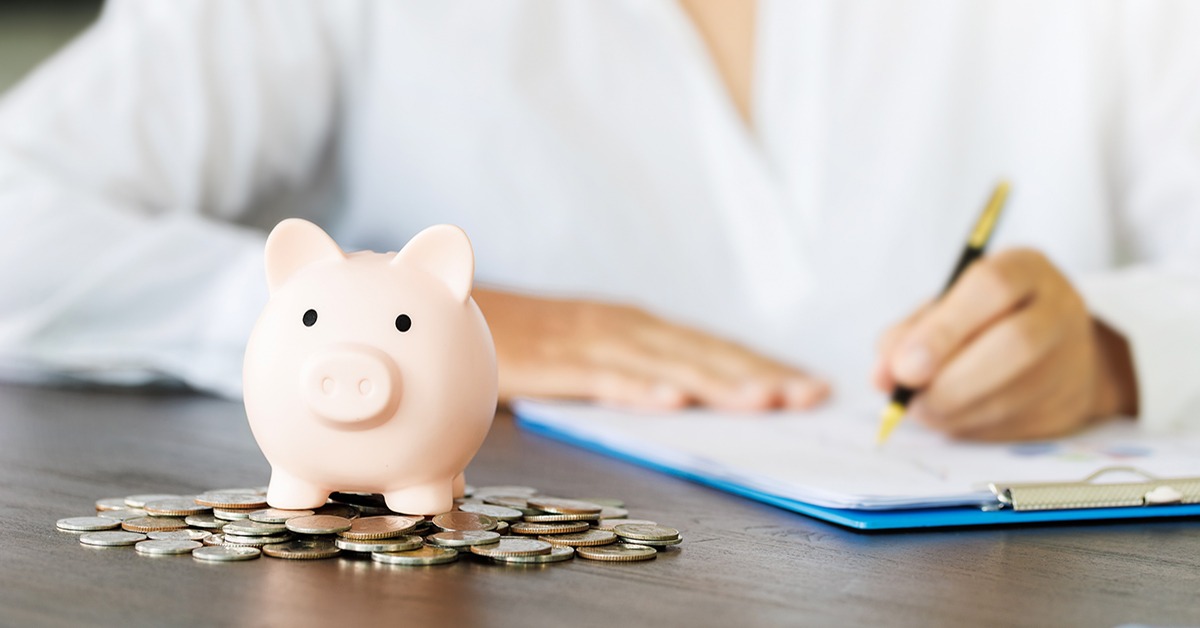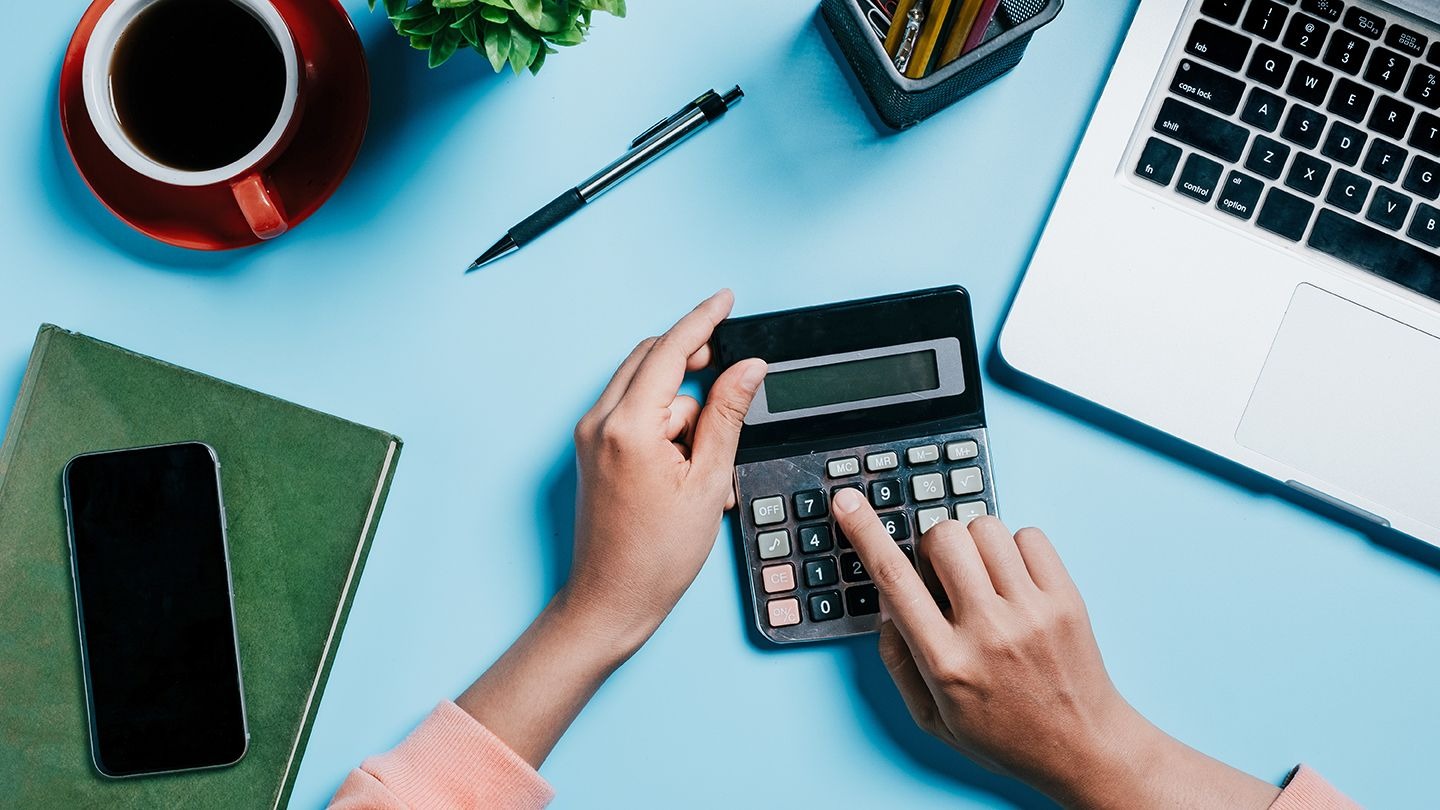Coin collecting can be a rewarding hobby—and sometimes a profitable one—if you know what to look for. Whether you're sorting through loose change or evaluating inherited coins, these key factors will help you identify valuable pieces:
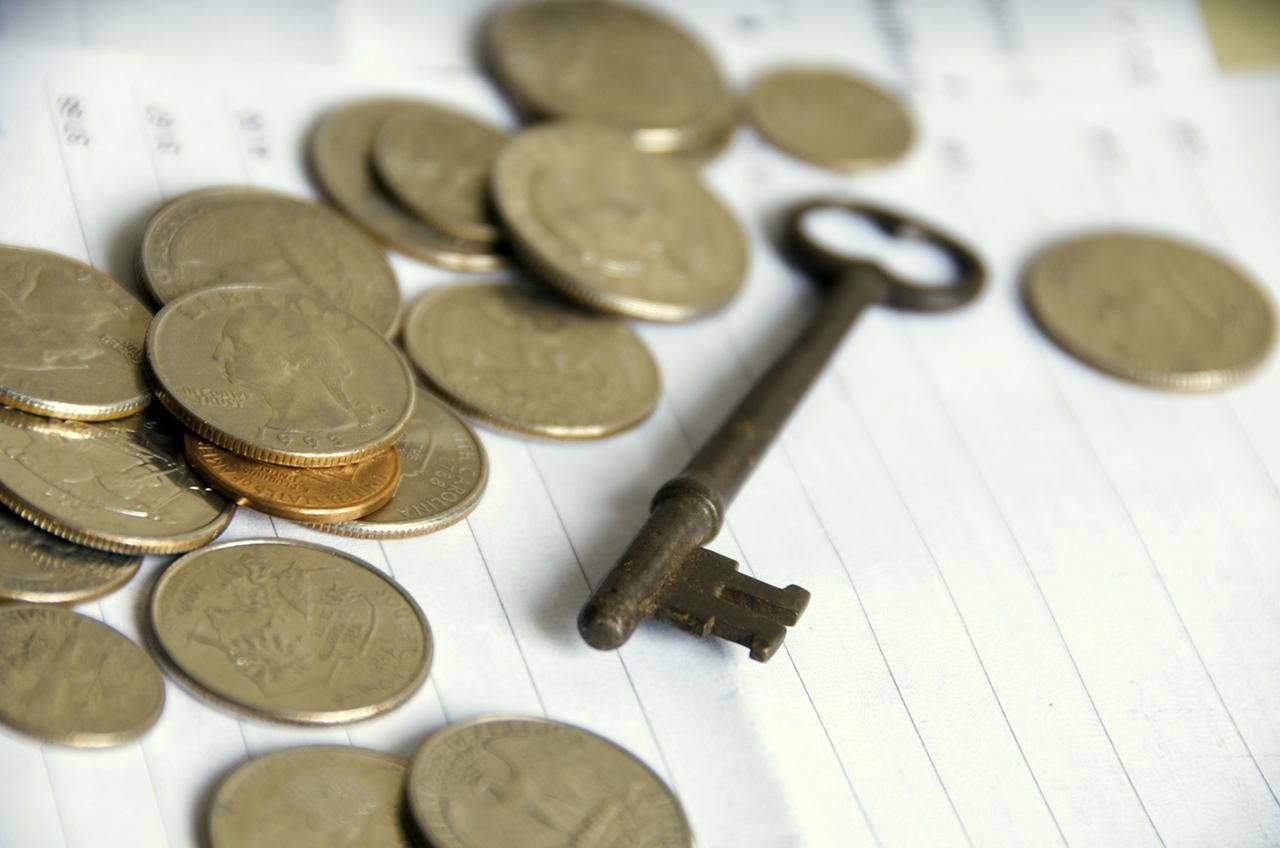
1. Rarity
-
Low Mintage Numbers: Coins produced in limited quantities are often more valuable. Check official mint records for production numbers.
-
Survival Rate: Even if many were originally minted, few may remain in good condition today, increasing value.
-
Key Dates: Certain years or editions are rarer due to historical events or low production.
2. Condition (Grade)
A coin’s state of preservation significantly impacts its worth. Grading scales (like the Sheldon Scale from 1 to 70) assess wear, scratches, and luster:
-
Uncirculated (Mint State, MS 60-70): No wear, sharp details—highest value.
-
Extremely Fine (XF 40-45): Light wear on high points but overall well-preserved.
-
Good (G 4-6): Heavy wear, but date and design are still visible.
3. Mint Marks & Errors
-
Mint Marks: Small letters (like "S" for San Francisco or "D" for Denver) indicate where a coin was made, affecting rarity.
-
Errors: Misprints, double strikes, off-center designs, or missing elements can make a coin highly collectible.
4. Precious Metal Content
Coins made from gold, silver, or platinum often have intrinsic value beyond their face value. Check weight and purity (e.g., "90% silver" or ".999 fine gold").
5. Demand & Popularity
Even rare coins need collector interest to be valuable. Trends matter—some coins gain value due to historical events or cultural significance.
How to Examine a Coin
-
Use a Magnifying Glass – Inspect details, mint marks, and potential errors.
-
Check Weight & Size – Compare to official specifications; alterations reduce value.
-
Research Online – Use coin catalogs, auction results, and forums for comparisons.
-
Consult an Expert – Professional appraisers or reputable dealers can verify authenticity.
Common Mistakes to Avoid
-
Overcleaning – Scrubbing coins destroys patina and reduces value.
-
Assuming Age = Value – Some old coins are common; others from recent years may be rare.
-
Ignoring Storage – Proper holders prevent damage from moisture and handling.
Conclusion
Identifying valuable coins takes practice, but by focusing on rarity, condition, mint marks, metal content, and market demand, you can uncover hidden gems in your collection. Whether you're a beginner or an experienced numismatist, careful research and attention to detail will help you recognize coins worth far more than their face value. Happy hunting!

